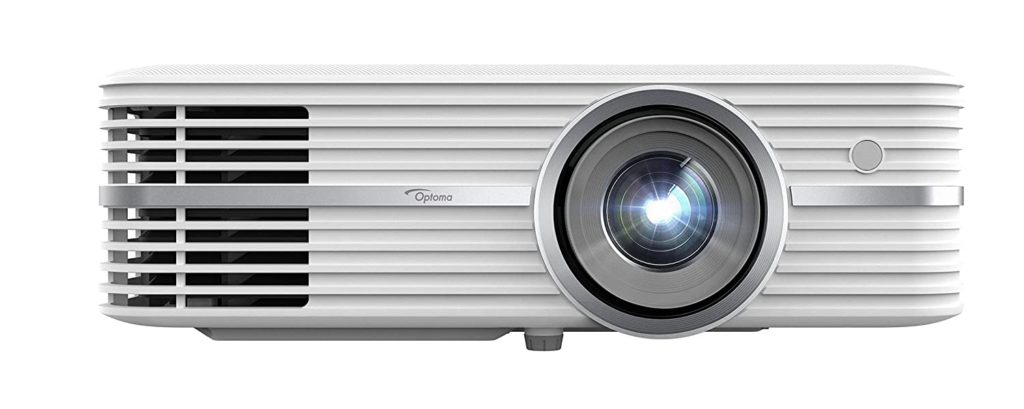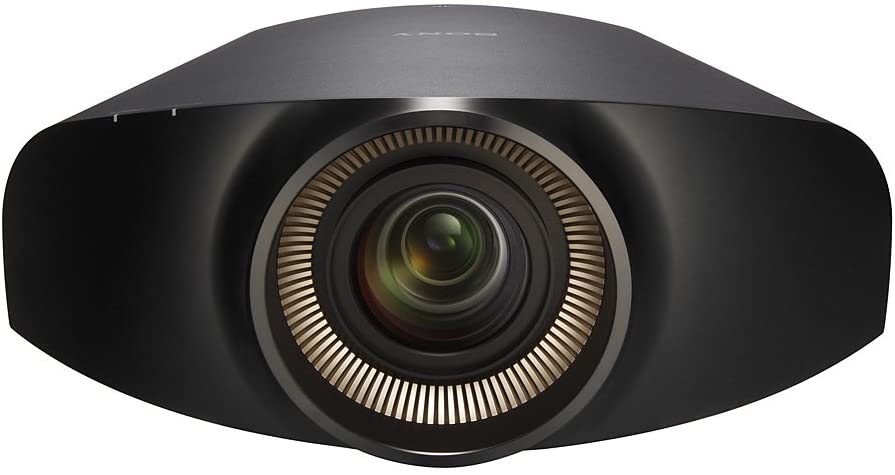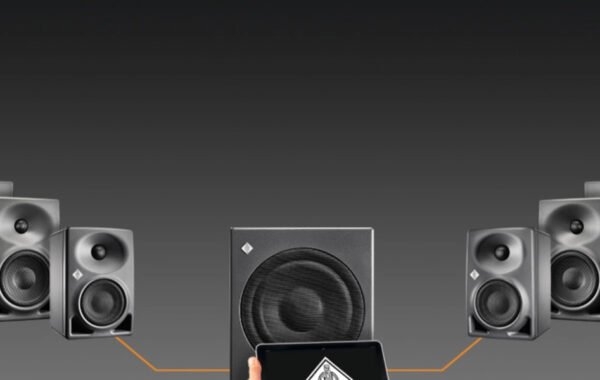
High End Projectors: Comparison of Leading Technologies
A projector is an essential part of a Home Theater. The home cinema projector you choose to display the video defines the experience you will enjoy watching a movie. You can find a plethora of home cinema projectors out in the market.
A few of those include Cathode Ray Tube projectors, LCD projectors, DLP Projectors and SXRD Projectors. In this blog, let’s discuss DLP, LCD, and LCoS projectors in detail.
Digital Light Processing (DLP) Projectors:
Let us first see what a DLP Projector is: Digital Light Processing or DLP is a technology widely used in home cinema, business, and professional cinema theater applications. More than 80% of the theatres worldwide use DLP technology for projection. For Home Cinema, DLP projector manufacturers include Optoma, BenQ and Viewsonic.
Digital Micromirror Device (DMD) is the heart of a DLP projector. DMD chip comprises over 2 million tiny mirrors that are 20% thinner than human hair. These mirrors independently move toward or away from the light source, creating either light or dark pixel. This process creates grey-scaled images. To convert grey-scaled images into coloured images, a colour wheel spins with colour filters – creating sequential colours.
A beam of colours is passed through the spinning wheel to feed colours into the DMD chip. Every wheel has one dedicated colour segment. Red, Blue, and Green are the primary colours that every colour wheel supports. Advanced colour wheels support secondary colours Cyan, Magenta, and Yellow too. Every DMD chip generates 16.7 million colours.
A DLP projector with three-chip architecture can project 35 trillion colours. From DMD chips, the image passes through the lens and projects on the screen. DLP projector can provide an impeccable picture quality as the DMD chips minimize pixel transmission delay.
DLP projectors come with filter-free sealed chips that are dust resistant. This property of the projector renders spotless images without any colour decay and also provides high-quality colour contrast. The projector’s dust-free nature makes it a better choice compared to LCD projectors that come with slightly high maintenance. DLP projectors are best suited for Professional Cinemas and Home theatres.

Liquid Crystal Display (LCD) Projector:
In an LCD projector, an image is generated through a multi-step process. Typically, three LCD displays come together to create an image. Three diachronic mirrors are used to reflect lights of red, blue, and green wavelength. These reflected beams of light enter an LCD panel that uses electric signals to arrange these pixels into clear images.
The advantage of using three different panels is that it provides better saturation. Each of the 3 LCD panels generates the same image in 3 different colours. These 3 images combine as they pass through a prism and form a single image. This final image is projected on the screen and can have 16.7 million colour variations.
Since LCD projectors don’t use moving parts such as colour wheels used by DLP projectors, the wearing of projector parts is minimum and thus more reliable and budget-friendly.
LCD projectors support zoom lenses and lens shifts to provide greater projection distance. LCD projectors serve the best purpose of office presentations & sometimes high-end home theaters.
Liquid Crystal on Silicon (LCoS) Projectors:
LCoS uses the technology of both DLP and LCD projectors. While DLP uses “Reflective” technology, LCD uses “Transmissive” technology. Combining these two technologies, LCoS uses a reflective mirror substrate that uses liquid crystals.
And like LCD projectors, LCoS also uses 3 chips. The liquid crystals allow the light to either pass through or block.
The mirror reflects the light that is allowed to pass. These reflections and modulations in light generate images. Sony and JVC exclusively use LCOS technology for making their Home Cinema range of projectors. While Sony calls this technology SXRD, JVC prefers to call it D-ILA.
LCoS projector produces images of high resolution – SXGA (1365 x 1024) or higher. The pixel structure of LCoS projectors helps create fine images with high brightness, saturation, and colour precision.
Now that you know how each of these 3 projectors works, you can make a better choice during home cinema projector selection. Also, keep in mind that each of these home cinema projectors has its share of drawbacks too.
For instance, DLP Home Cinema projectors can produce a rainbow effect – undesired flashes of colour – as the colour wheel reduces its speed. LCD projector panels wear out over time, creating lousy quality images. And LCoS projectors can dig a deep hole in your pocket.

DLP vs LCD vs LCOS Comparison Chart
Contrast Ratio: Winner- LCos
Black Level: Winner- LCos
Brightness: Winners- LCD & DLP
Colour: Winner- All 3(Tie)
Motion Blur: Winner-DLP
Symphony 440 Design Group consultants specialize in building home theatres that work best for different requirements. Being Authorized dealers for Sony, Optoma, BenQ and Viewsonic range of Home Cinema Projector in India, Our Audio-Video Consultants can suggest the right projector for your home cinema room considering the budget and technical requirements. Feel free to reach out to us.
Content References: Wikipedia & Cnet
Image References: Optoma, Sony & Epson







